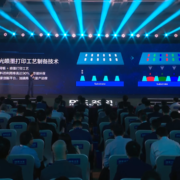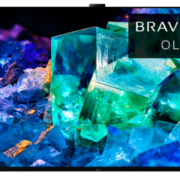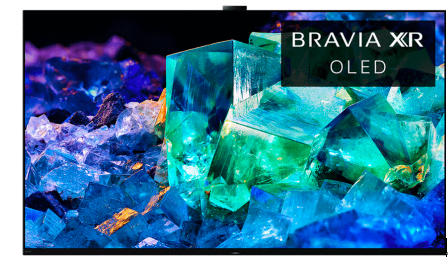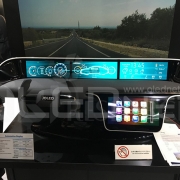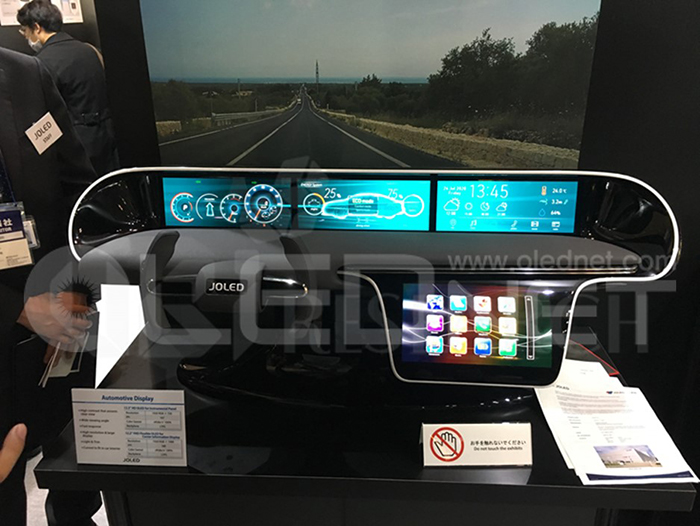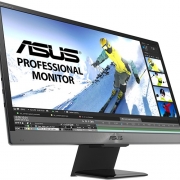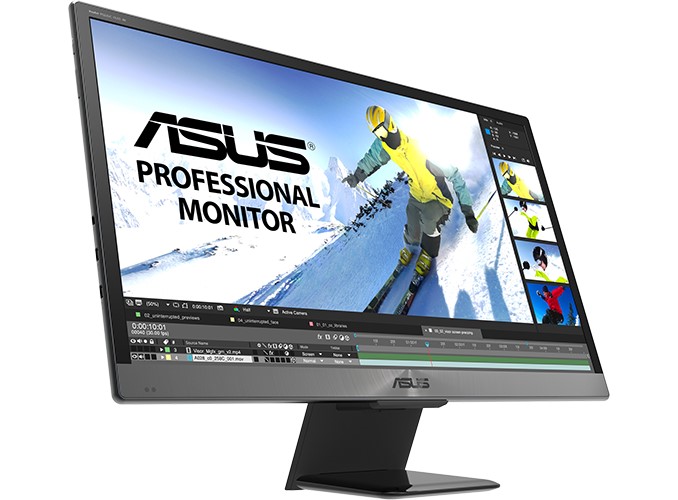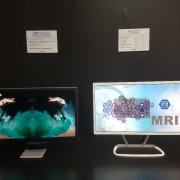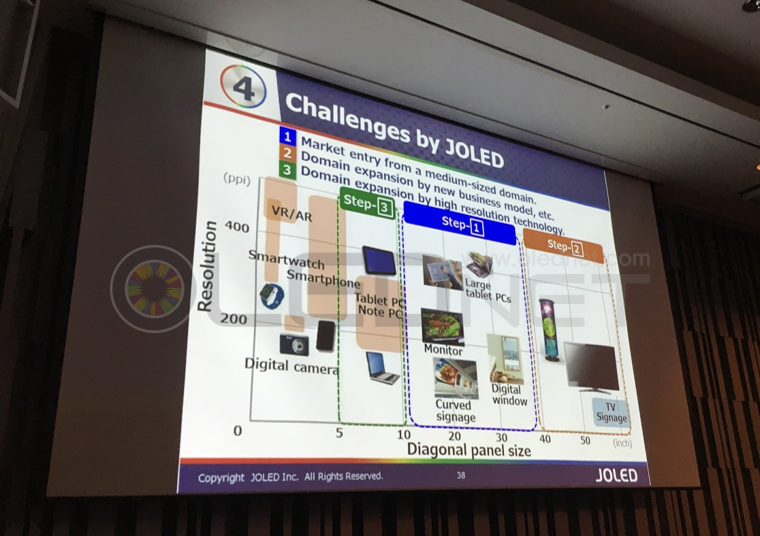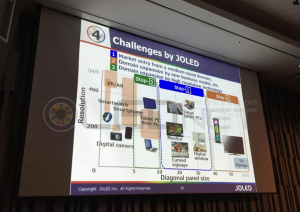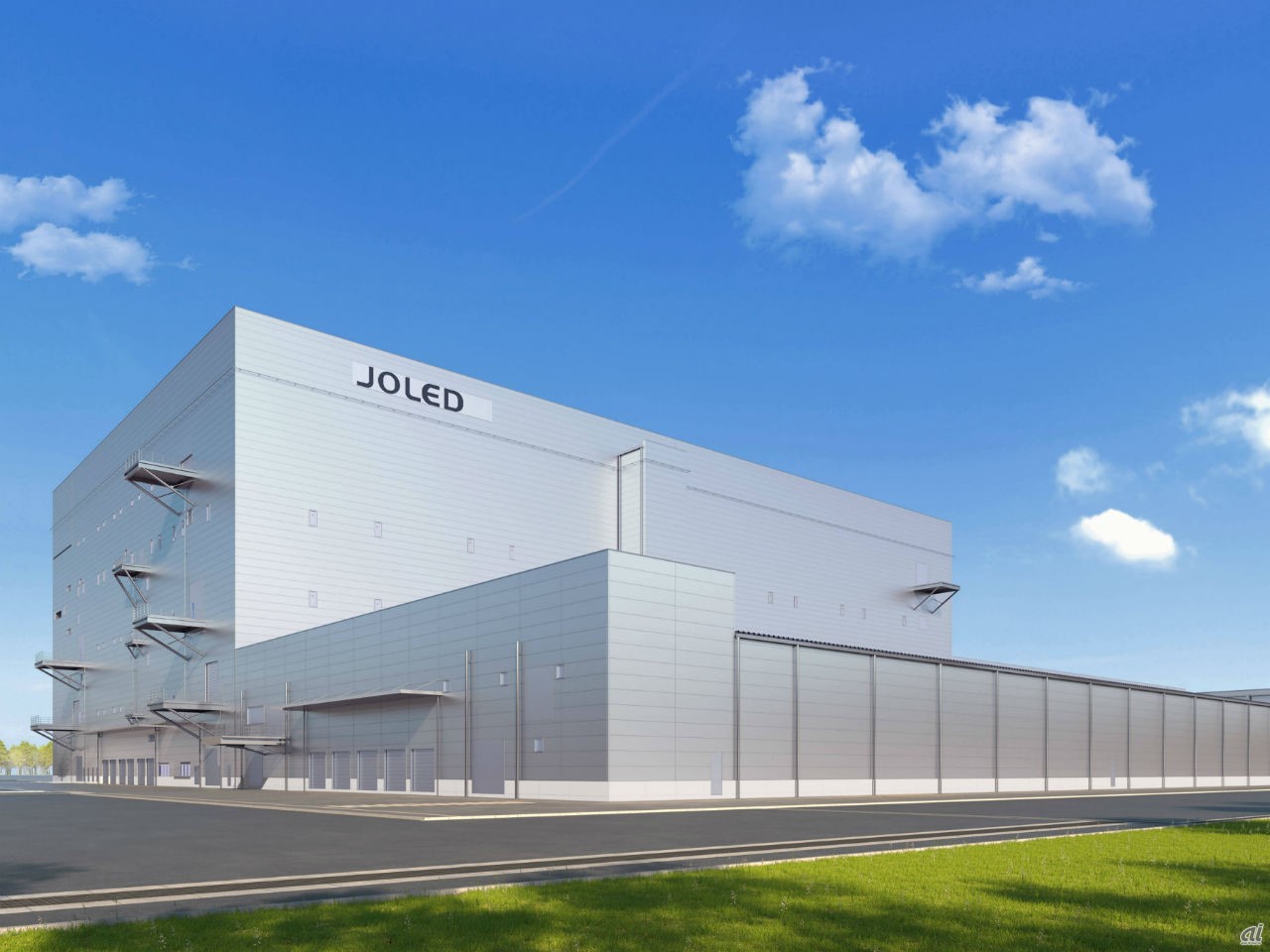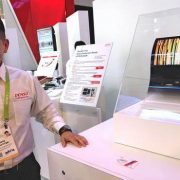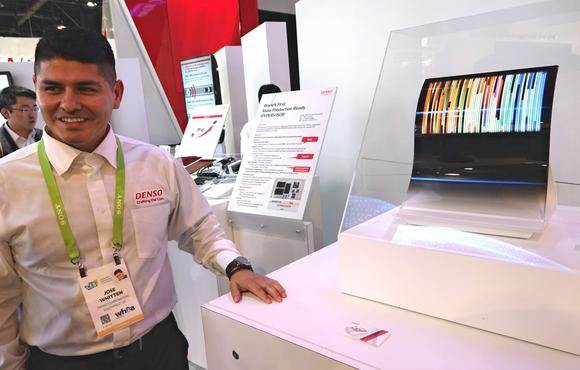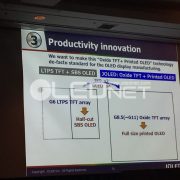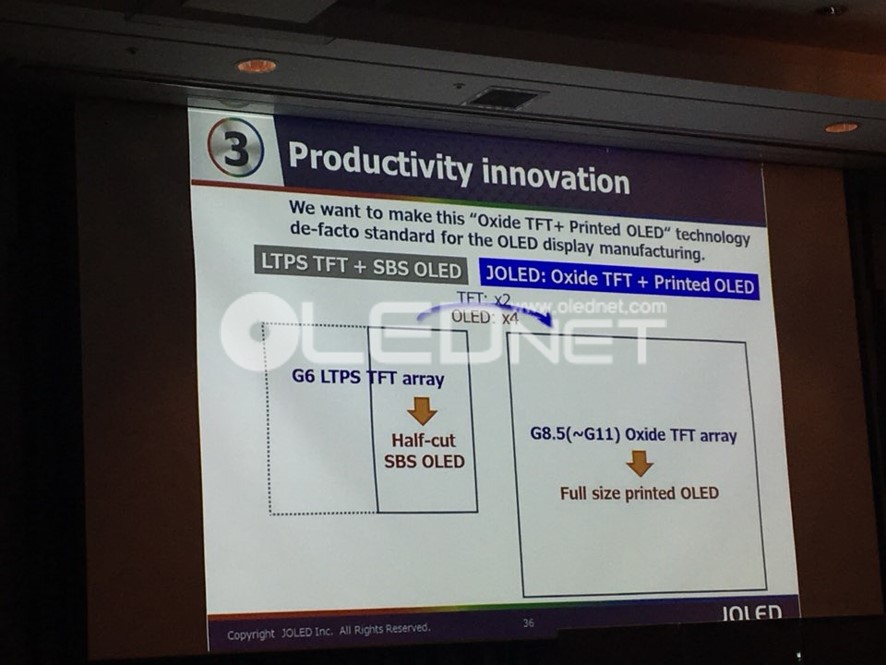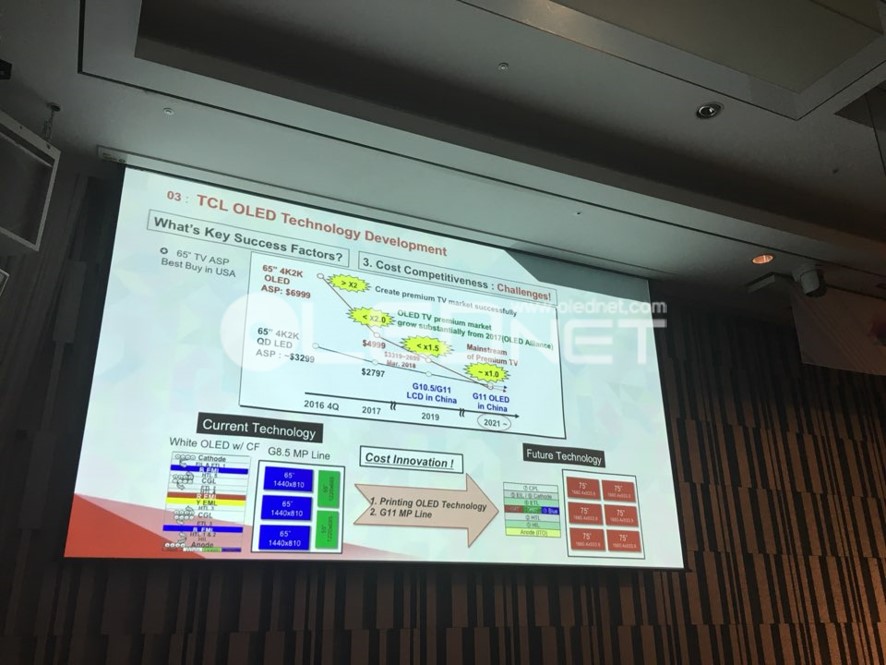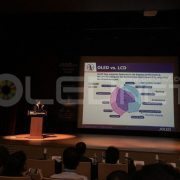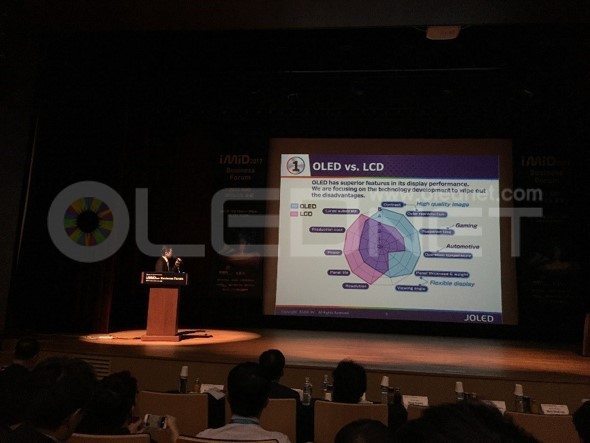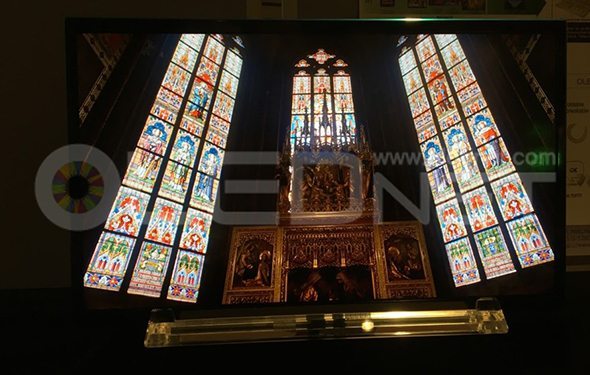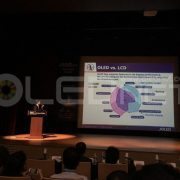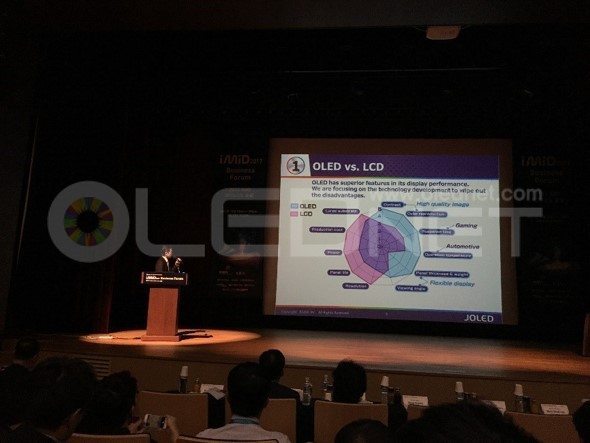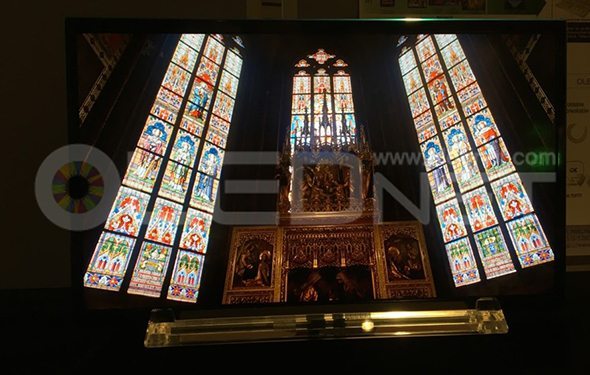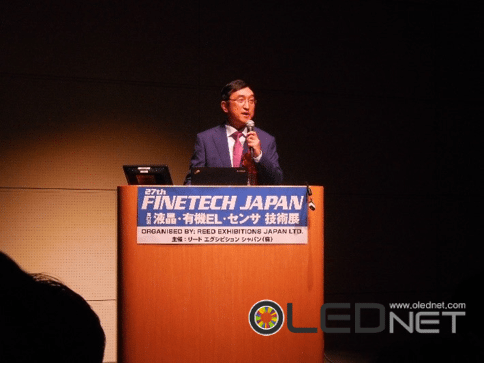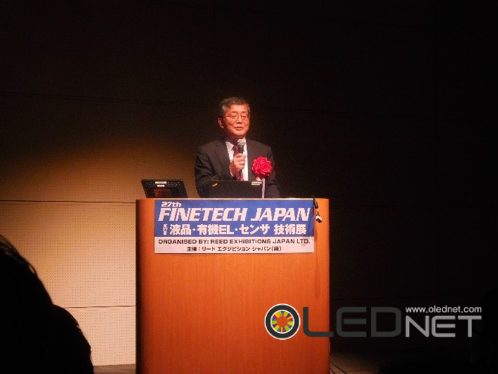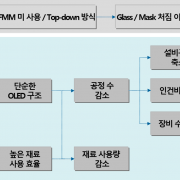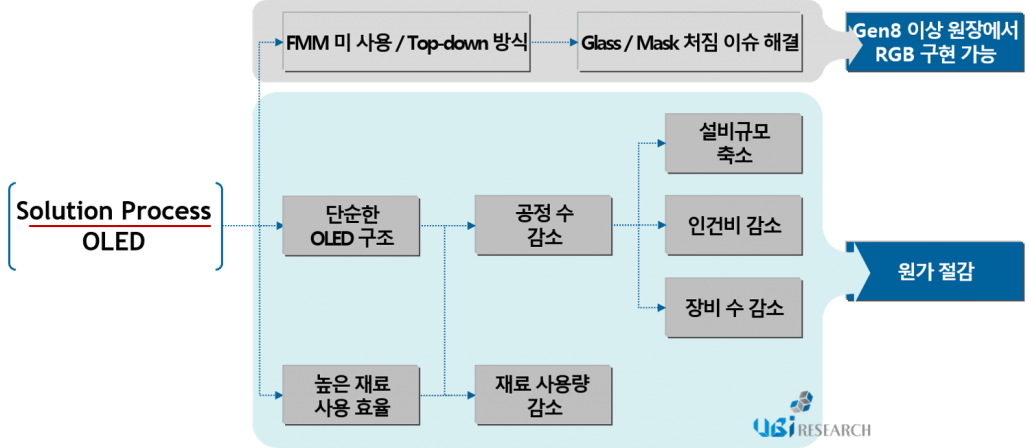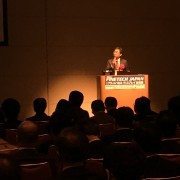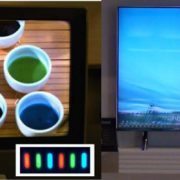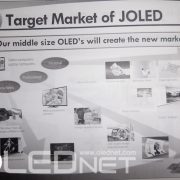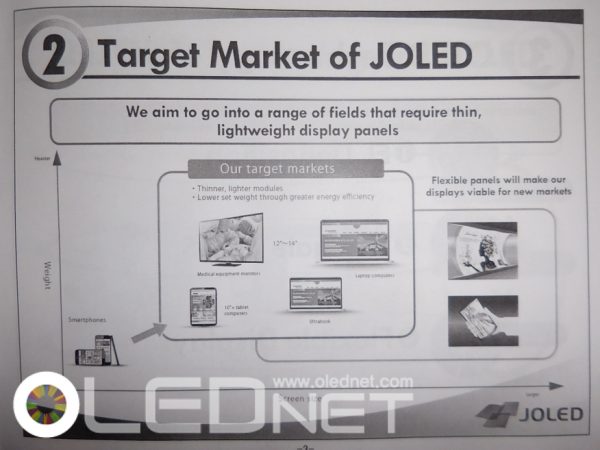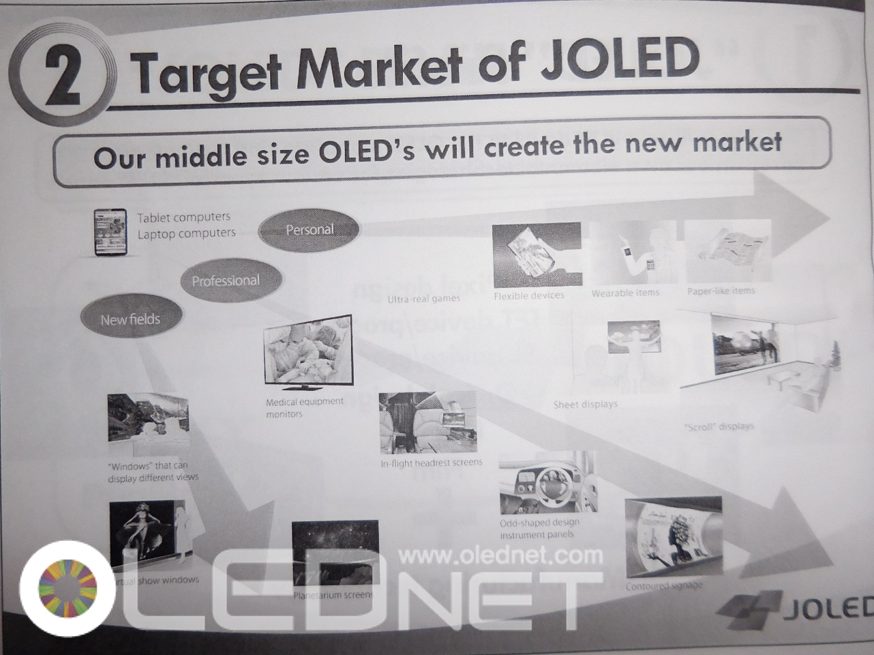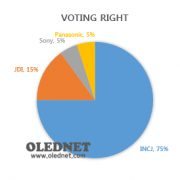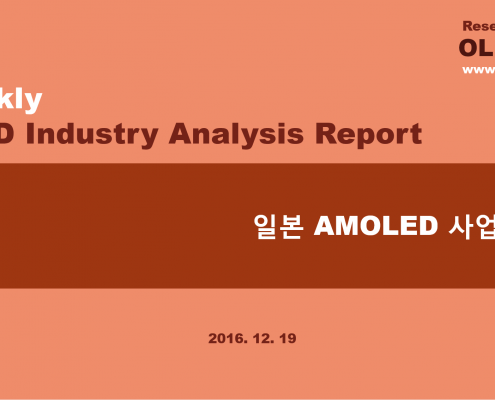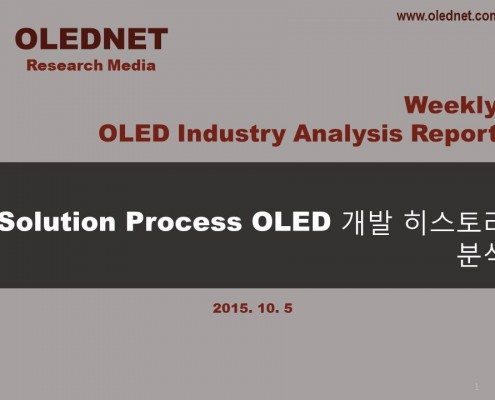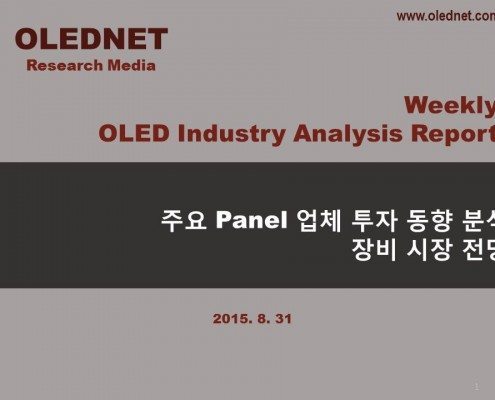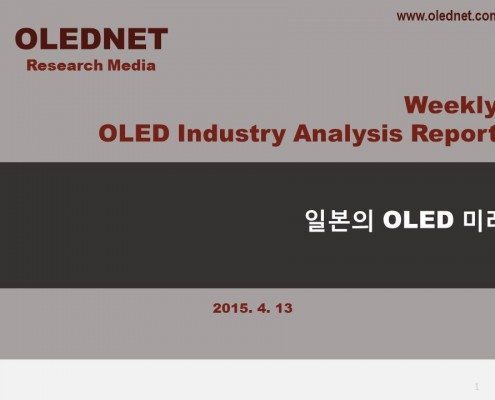솔루스첨단소재(전 두산솔루스)가 약 230억원을 들여 중국 장쑤성 창수시에 유기발광다이오드(OLED) 소재 공장을 착공했다고 30일 밝혔다.
솔루스첨단소재가 OLED 소재 사업 확대를 위해 해외로 진출하는 것은 이번이 처음이다. 글로벌 OLED 시장의 가파른 성장세에 선제 대응하기 위해 공장 건설을 결정했다고 회사 측은 설명했다.
내년 하반기 양산을 시작해 2025년까지 연산 20톤 생산체제를 갖추는 게 목표다. 솔루스첨단소재 관계자는 “2010년부터 가동한 전북 익산 공장의 기술력과 노하우를 중국에 녹여내 고품질의 OLED 소재 생산시설을 구축할 계획”이라고 했다.
[뉴시스=최희정 기자] LG는 선택과 집중 전략에 따라 주력사업 및 성장사업의 경쟁력을 강화하는 방향으로 사업 포트폴리오를 고도화 하고 있다.
30일 LG에 따르면, 이 회사는 가전, 전기자동차 배터리, 석유화학 등의 주력 및 성장사업은 지속성 있는 고객 기반을 쌓아 사업 가치를 높이는 질적 성장에 집중하는 반면, 인공지능(AI), OLED(유기발광다이오드), 바이오 등 미래 기술분야는 사업 경쟁력을 확보하기 위해 대내외 적으로 투자할 계획이다.
◇AI연구원 설립 등 인공지능에 그룹차원 역량 집중
LG는 AI를 미래 핵심 성장동력의 기반이 될 것으로 보고 국내외 유망 스타트업에 투자를 확대하고 있다. 이와 함께 AI 기술 및 연구개발 역량 강화와 인재 육성에 힘써 4차 산업혁명 시대 미래기술 선점에 나서고 있다. 계열사별로 AI 조직을 개편하고 글로벌 인재 영입에도 속도를 높이면서 선도적 기업과의 파트너십도 강화하고 있다.
[한국경제=배성수 기자] 삼성(소형)과 LG(대형)가 사실상 주도하고 있는 유기발광다이오드(OLED) 패널시장에서 일본 디스플레이 업체가 틈새시장으로 꼽히는 중형 OLED 시장 공략에 나섰다.
30일 디스플레이 업계에 따르면 일본 JOLED는 최근 이시카와현 노미 소재 5.5세대 공장에서 ‘잉크젯 프린팅’ 공정을 도입한 중형 OLED 패널 양산에 업계 최초로 성공했다고 발표했다. 이 OLED 패널의 브랜드 명칭은 ‘OLEDIO’로, JOLED는 이 공장에서 10인치에서 32인치 크기를 아우르는 OLEDIO를 집중 생산할 계획이다.
[디일렉=이기종 기자] 시장조사업체 유비리서치는 폴더블 커버윈도 시장에서 울트라신글래스(UTG)가 80%, 투명 폴리이미드(PI) 필름이 20%를 점유할 것이라고 29일 예상했다. 유비리서치는 “삼성디스플레이는 올해 삼성전자와 중국 세트 업체에 UTG를 적용한 폴더블 유기발광다이오드(OLED)만 공급할 예정”이라며 “앞으로도 UTG를 커버윈도 소재로 채택할 것”이라고 예상했다.
유비리서치는 “투명 PI 필름은 저가 모델과 10인치 이상 제품 적용이 용이하다”며 “보급형 모델이나 태블릿과 노트북에 적용될 것”이라고 예상했다. 이어 “중국 BOE나 CSOT는 현재 투명 PI 필름을 커버윈도 소재로 활용하지만 UTG 관련 유리 가공업체와 협업해 기술력을 확보하고 있다”고 설명했다.
PC·가전·모바일
[조선비즈=이광영 기자] LG전자가 2021년 신형 올레드(OLED) TV 대중화에 승부수를 던진다. LG전자는 OLED 패널 단가 하락을 무기로 미국 시장에서 OLED TV 가격을 해마다 인하해 출시하고 있다. 반면 경쟁사인 삼성전자는 LCD 패널 단가 급등으로 신형 ‘네오 QLED’의 가격대를 높게 책정한 것으로 파악된다.
29일 각사 미국 홈페이지에 따르면 LG전자 2021년형 OLED TV 중 일부 제품의 경우 삼성 네오 QLED 대비 저렴한 가격에 판매되는 것으로 나타났다.
[전자신문=양민하 기자] 올가을 공개될 아이폰13(가칭)에 새로운 ‘매트 블랙’ 색상이 추가된다는 전망이 나왔다. 맥루머스 등 주요 외신은 26일(현지시간) 유명 IT 트위터리안 맥스 웨인바흐를 인용해 색상을 포함한 차세대 아이폰 예상 스펙을 소개했다. 보도에 따르면 아이폰13 고급형 프로 라인에 ‘무광택 블랙’ 옵션이 추가된다. 최신 플래그십 아이폰12 프로에 ‘그래파이트’ 색상이 있지만 검정보다는 짙은 회색에 가깝다. 아이폰12 기본형과 미니 블랙 색상은 후면이 유광 처리됐다. 지문 방지를 위한 새로운 스테인리스 코팅도 적용될 것으로 보인다. 아이폰12 프로·프로맥스 테두리에는 유광 스테인리스 스틸이 적용됐다. 애플이 새로운 코팅 방식을 도입해 특히 골드와 같은 밝은 색상에서 얼룩과 지문이 두드러지는 현상을 해결할 수 있을지 주목된다.
[중앙일보=박형수 기자] 화면이 접히는 폴더블 스마트폰 시장이 들썩이고 있다. 삼성전자가 시장을 주도하는 가운데 화웨이·샤오미·오포 등 중국 업체가 대거 진입하면서 올해가 ‘폴더블폰 대중화 원년’이 될 것이란 관측이 나온다. 삼성전자는 올해만 최소 세 개의 폴더블폰을 출시해 선두주자로서 입지를 굳힌다는 전략이다. 29일 시장조사업체인 디스플레이서플라이체인컨설팅(DSCC)에 따르면 지난해 전 세계에 출하된 폴더블폰은 220만 대다. 삼성전자가 190만 대(87%)로 독보적 1위다. 지난해 전체 스마트폰 시장(13억3250만 대)에서 폴더블폰이 차지하는 비중은 1.7% 수준이지만 올해는 560만 대, 내년에는 1720만 대로 커질 전망이다


